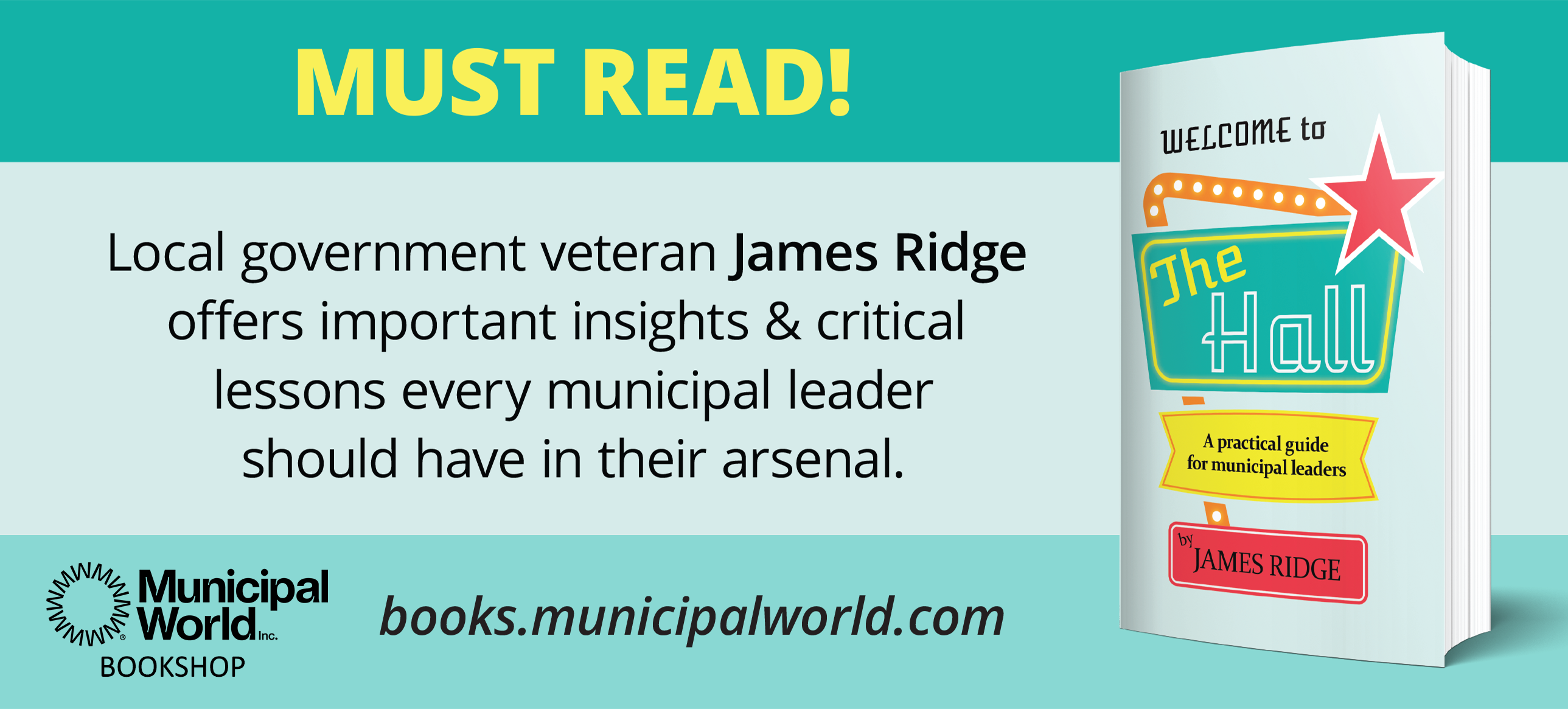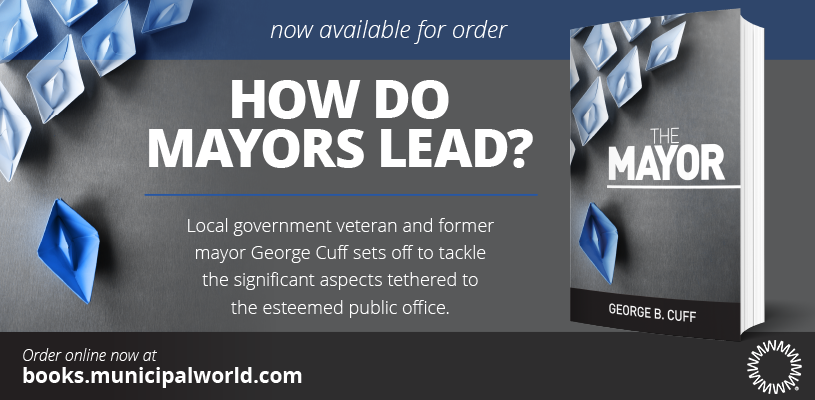Ontario’s professional planners launch guide for climate adaptation
 Climate change has been recognized as a key consideration in land use planning. This is why the Ontario Professional Planners Institute has partnered with others in creation of the Climate Change Adaptation Practice Guide. Photo: OPPI
Climate change has been recognized as a key consideration in land use planning. This is why the Ontario Professional Planners Institute has partnered with others in creation of the Climate Change Adaptation Practice Guide. Photo: OPPI
Communities across Ontario are experiencing the impacts of climate change. Rising temperatures, shifting precipitation patterns, and more frequent extreme weather events are affecting built, ecological, cultural, and socio-economic systems.
Land use and community planning play a critical role in advancing climate adaptation and building resilience in ways that reflect local needs and priorities. Climate change has been recognized as a key consideration in land use planning and policy development at both the provincial and regional levels.
With this current reality in mind, the Ontario Professional Planners Institute (OPPI) partnered with the Climate Risk Institute (CRI) and the Ontario Resource Centre for Climate Adaptation (ORCCA) to create the Climate Change Adaptation Practice Guide.
The guide explores climate change adaptation through a range of innovative planning tools and interventions designed to reduce risks posed by climate-related hazards. It highlights 12 planning interventions that can help mitigate climate risks and strengthen community resilience.
Planning Focus for Climate Action
Zahra Jaffer, a planner and communications designer with Dillon Consulting Limited, worked on the creation of the guide. Jaffer said the guide was generally targeted toward planners and those who are working in planning-adjacent fields.
Whether they work for municipalities, conservation authorities, think tanks, consulting firms, developers, or not-for-profits, the idea was to help make real the kinds of things that planners often see in policy and policy-related statements and regulations.
The hope, Jaffer added, was the guide would show that there are a whole variety of different ways municipalities can tackle key things, such as increasing numbers of storm events, extreme heat, and other situations creating a significant impact on people and the environment.
That said, it doesn’t necessarily have to cost hundreds of millions of dollars. While the cost of adaptation can be really high, there are a lot of other things that municipalities can be doing across that spectrum that don’t cost large amounts of money but can have a significant impact.
But even when they do, Jaffer points out there are often other considerations.
When it comes to the cost of adaptation, it can be – Jaffer said – anywhere between three to 25 times better to invest in adaptation than to allow things to happen and then invest in recovery on the other side.
“A guide like this, it doesn’t make the mathematical case as clear as some of the other kinds of documents that are out there,” Jaffer said. “What it does do is allow those who are involved and interested in the field of adaptation to see the wide range of opportunities, get some inspiration from it, and hopefully begin to think of that network of people who are working on adaptation in a broader sense as well.”
Adaptation for All Sizes
The development of the practice guide involved several key steps, with contributions from multiple partners and an advisory group. OPPI, CRI, and ORCCA each played an active role, providing professional insights and expertise throughout the process.
From high-level strategies like official plans to more targeted tools such as urban design guidelines, this guide equips planners with knowledge and practical approaches to address climate impacts, including flooding, extreme heat, drought, and wildfire. Interventions are supported by real-world case stories demonstrating how Ontario communities have successfully leveraged these tools to enhance climate resilience.
Like Jaffer, Lisa Prime, director of sustainability with architecture firm Diamond Schmitt, was heavily involved in the creation of the guide.
Prime said creation of the guide wasn’t necessarily done for large municipalities with significant funding and highly focused staff. Rather, she said, it was created for smaller municipalities, perhaps those with less resources, so as to show them best practices and reveal how others have done it.
After all, she said, a lot of municipalities benefit from being able to see examples they can relate to.
“Change management is a really important part of growth and planning for municipalities going forward,” Prime said. “It’s not just because of climate change but because of growth and all sorts of different reference points in how communities are changing and urbanizing. And the more we urbanize, the more important it is to build in resiliency.”
Planners Best Practices
The guide includes four main sections to help planners understand and apply planning interventions to foster more climate resilient communities:
- Climate change and planning – This section relates planning practices to climate change adaptation and identifies the legislative framework and enabling policies for adaptation planning in Ontario.
- Climate hazards and adaptation planning – This section provides an overview of key climate hazards worsened by climate change and related adaptation planning measures that can be considered to manage associated risks.
- Planning interventions supporting climate adaptation – This section provides an overview of specific interventions planners can use to advance adaptation, including case studies that illustrate how these interventions have been successfully implemented across Ontario.
- Resource guide – This section includes a curated collection of resources intended to support planners in applying the information in this guide.
Prime said, when it comes down to it, every planner really is a climate planner – a sustainability planner. And that was the lens that she came from with this project.
All municipalities need to be thinking about these things, Prime said, and about the integration of infrastructure and how to make communities more livable.
“We’ve set out policy examples; we’ve set out actual on the ground project example. So, it’s very much a pick and choose,” she said. “I think part of what it does is to help share that here are the issues and here’s some of the solutions, and how can we have meaningful conversations to start to move the bar.”
An Evidence-Based Approach
Jaffer said the hope for the guide is that it becomes a “conversation starter.” That the guide is something people will take back with them to have conversations with their colleagues, with their councils, and with their communities around what kinds of interventions are worth investing in.
Because at the end of the day, she said, it is about long-term thinking and taking an evidence-based approach to planning. If municipalities are going to address climate change, Jaffer said they need to have some level of facts at their disposal. They need to undertake some kind of assessment and gain an understanding of how climate change is manifesting in their community.
Trying to say that every single municipality should be doing X, Y, or Z is a disservice to the people in those communities, Jaffer said. Fundamentally, she added, that element of an evidence-based approach is critical. And that, Jaffer said, is what this guide is trying to drive home.
“It has to be evidence-based, and it should really be informed from an equity point of view by the people who are in your community and how they’re differentially impacted by climate change,” Jaffer said. “You’re really not going to make progress until you have something that you’re measuring and measuring against, and making meaningful adaptation comes from taking an evidence-based approach. Otherwise, everything just seems out of reach.”
From Making Plans to Taking Action
Prime acknowledged that too often municipal plans for taking action can get left sitting on a shelf.
Even if a given council doesn’t want to embrace climate change as two words that go together – and sometimes, she said, they don’t – then focus on evidence and focus on solutions.
There are change processes that can improve livability and the cost in a community that is impacted by climate events. The financial impacts can happen either personally or to the municipality.
And climate change can be viewed from that perspective. There’s an impact on the municipality’s budget. There’s an impact on the community. There are events that happen, so municipal officials need to put them together and create some solutions and call it a strong community.
“I have no problem with the two words, just to be clear. But I’m just trying to help speak to, frankly, some that aren’t that interested,” Prime said. “You’ve got to move beyond that and think about livability and what we need when we look at infrastructure for growth in our communities.” MW
✯ Municipal World Executive and Essentials Plus Members: You might also be interested in Marieke Cloutier’s article: New database reveals the current state of climate action in Canadian municipalities.
Sean Meyer is digital content editor for Municipal World.
Related resource materials:



